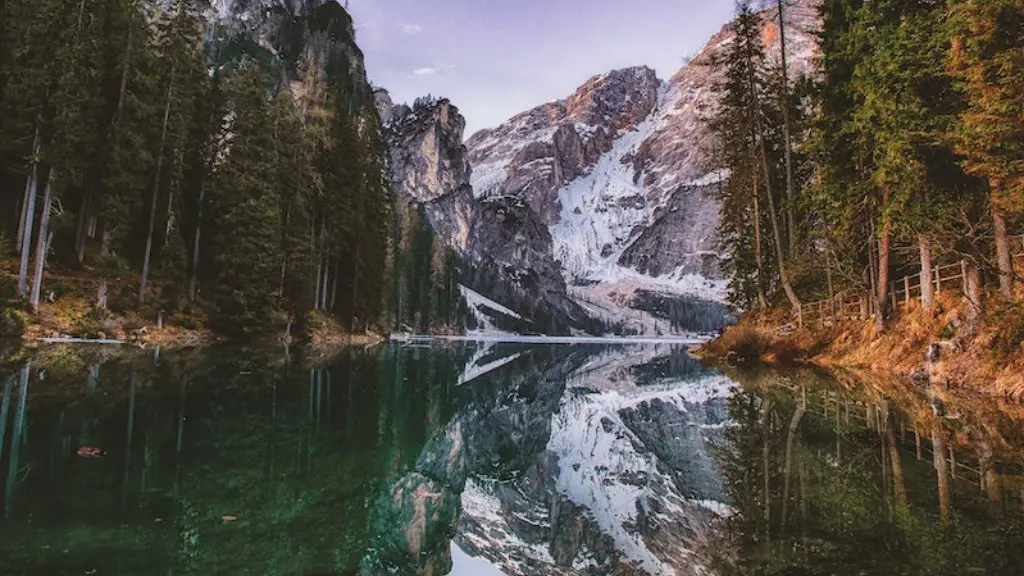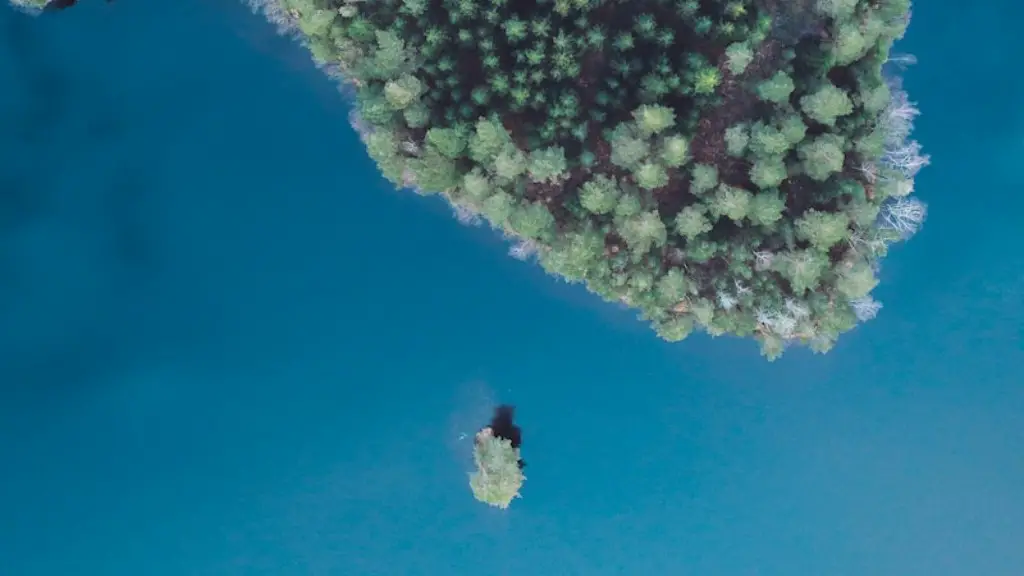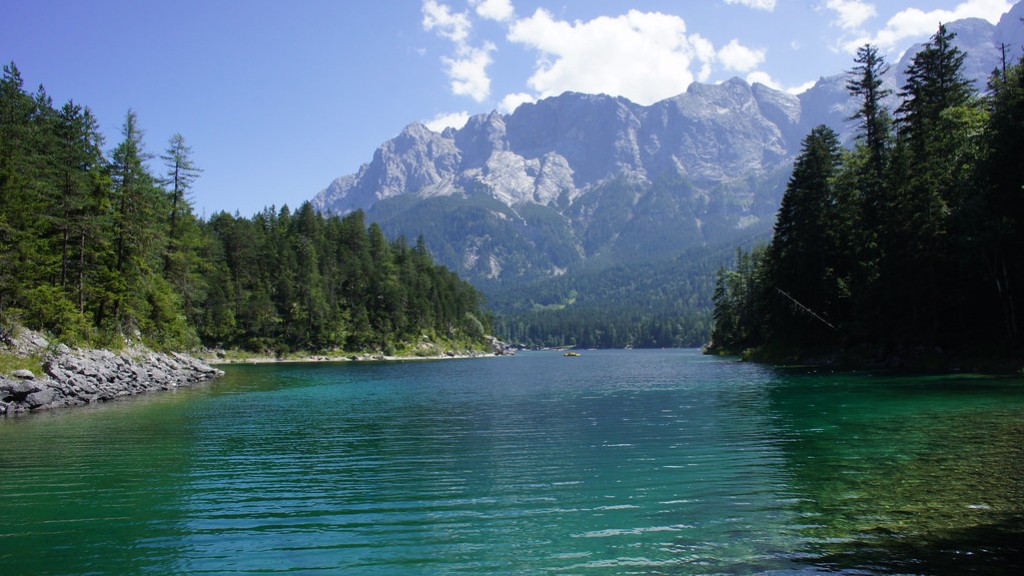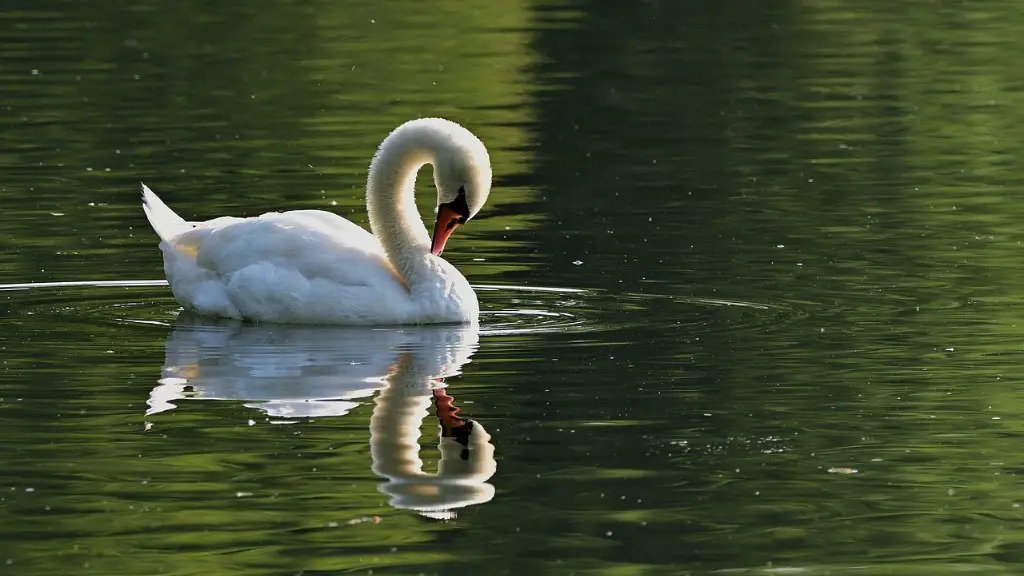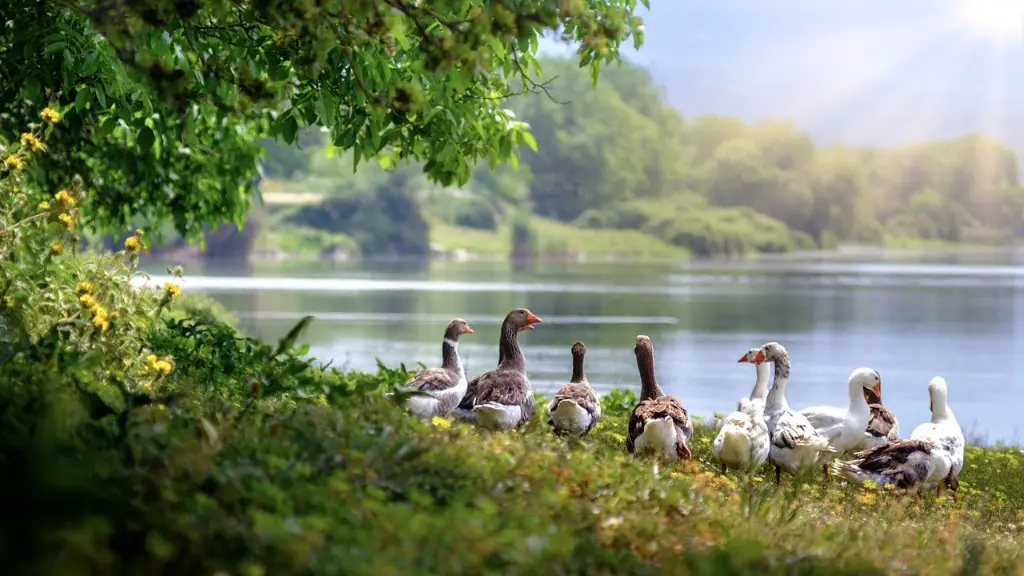Overview
Lake Titicaca is an awe-inspiring sight, and it continues to draw travelers from around the world. Located in the stunning and remote southern Andes of Bolivia and Peru, Lake Titicaca is the highest navigable lake in the world and one of South America’s most popular attractions. It is located over 12,500 feet in elevation, and visitors are sure to be in awe of its remarkable beauty. Here, visitors can hike, explore islands, visit ancient archaeological sites like the Sillustani burial ground, discover traditional Titicaca habitations, and learn about the local legends and culture.
In addition to its stunning natural beauty and vibrant culture, there are also several things that make Lake Titicaca so special, ranging from its historical and cultural importance to its unique ecological features.
Historical and Cultural Significance
Lake Titicaca is of immense historical and cultural significance to the local communities. It was of particular spiritual and cultural importance to the ancient Incan civilizations, who believed it was the birthplace of the god Viracocha and the home of the sun god Inti. To this day, local communities regard Lake Titicaca as a source of spiritual energy and life, and follow many ancient traditions that have been passed down through generations.
In addition to its spiritual significance, Lake Titicaca was also of strategic importance to the Inca. The lake was an important trading hub, connecting the Inca Empire to the rest of South America, and they constructed several roads and bridges around it to facilitate trade.
Today, the lake continues to be of immense historical and cultural importance to the local communities, who take pride in their impressive heritage and invite visitors to discover the ancient mysteries that surround this site.
Unique Natural Features
The lake is also home to several unique and ecologically fragile species. For example, there are several waterbirds on the lake, including flamingos and puna ibises. The lake is also filled with several species of fish, including trout and perch, and it is an important habitat for many of these species.
In addition to its extraordinary flora and fauna, Lake Titicaca is also characterized by its unique hydrodynamics. It is said to have the clearest and bluest waters of any lake in the world, and it is also the largest lake in South America.
The lake is also known for its numerous floating islands, made of aquatic vegetation, which are inhabited by the Uros people – one of the oldest civilizations in the Americas. These islands provide a unique way for the community to live on the lake, as the Uros people are able to sustain themselves by fishing, cultivating crops and weaving baskets from the surrounding plants.
Sustainability Practices
The local communities have long been aware of the importance of preserving and protecting the lake, and have implemented several sustainability projects to ensure its preservation. Recently, the local communities have set up a system of “eco zones” with help from the World Wildlife Fund, allowing them to monitor the lake’s resources, develop sustainable practices and protect the unique local species.
The lake is also at the center of a regional initiative, known as Lake Titicaca-Mantaro International Watershed, which has set out to create an integrated management system to protect the lake’s resources, develop sustainable tourism and promote economic growth in the region.
Tourism
Lake Titicaca is one of Bolivia’s and Peru’s most popular tourism destinations. It offers visitors the chance to explore its stunning natural beauty and discover its vibrant culture. Tourists can take boat rides, visit the Uros Islands, and explore the ancient archaeological sites that surround the lake. In addition, visitors can also explore traditional villages and witness traditional ceremonies, such as the Candelaria festival.
The local communities are also increasingly engaging in sustainable tourism initiatives, allowing them to promote the lake’s unique culture and traditions, as well as protect its resources.
Sustainability Challenges
Despite the lake’s popularity as a tourist destination, there are still concerns about the lake’s sustainability. The lake is under threat from a number of issues, including climate change, over-tourism, pollution and the extraction of resources. In addition, the lake is being affected by a number of environmental projects, such as the pollution created by miners or the construction of dams. As a result, local communities and scientists are working together to develop sustainable solutions to protect the lake’s resources.
The local communities are also developing strategies to promote responsible tourism. They are increasingly offering visitors the opportunity to explore and experience the lake’s culture, as well as its natural beauty, helping to further promote respect for the environment and its resources.
Environmental Protection
In addition to sustainable tourism initiatives, there are a number of other programs and initiatives in place to help protect and preserve the lake’s natural environment. Several local and international organizations, including the World Wildlife Fund, are working together to protect the lake’s resources and biodiversity.
The local communities are also developing initiatives to promote and protect the unique ecosystems around the lake. These include programs such as eco-tourism and environmental education, as well as the protection of fish and bird species.
Conclusion
Lake Titicaca is an awe-inspiring and unique natural wonder, and it continues to be a popular tourist destination. From its spiritual and cultural significance to its unique features, the lake is full of wonders that continue to draw travelers from around the world. Local communities are also making great strides in promoting and protecting the lake, allowing visitors to experience its wonders and learn about its culture.
